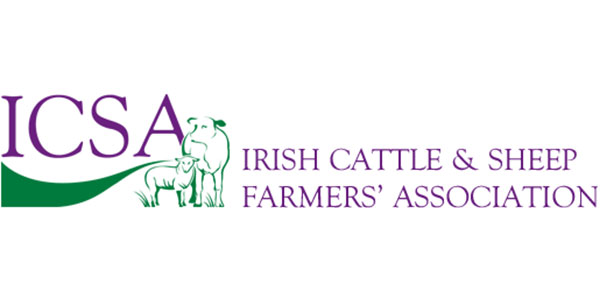2nd March 2015
CAP’s five-year rule may exclude ‘old young farmer’
As published in The Irish Examiner, March 2nd 2014
The beginning of the new Common Agricultural Policy (CAP) payment system will see significant changes to the way in which Pillar 1 payments are distributed.
Any reform of a system should ideally solve the shortcomings of a previous system, while retaining to the greatest extent possible the benefits.
However, in a system as complex as the CAP, achieving the objectives is never straightforward. Trying to design a system to cater for 28 EU member states stretching from Finland south to Greece, from Ireland east to Bulgaria, is fraught with difficulties. Then there is the challenge of delivering fair play to all the various types of farming systems and the disparities that exist in terms of farm size, land quality, and economic circumstance.
If all that wasn’t enough, policy framers have to have regard to WTO rules and implications as well as to the potential for powerful market forces to appropriate gains from policies designed to help farmers. For example, it is beyond debate that subsidies bluntly applied to products —whether on the kg of beef going into a factory or on an animal — inevitably lead to processors and retailers paying less to the farmer. This is why coupled payments did nothing for farm income — every cent extra in support meant the farmer could survive with a cent less for his produce.
However, that is not to say that there aren’t problems with either the outgoing or the incoming CAP system. Fundamentally, there is the obvious problem that CAP funding is being reduced every year. The budget we have now for 28 members is less than the budget we had with 15 member states back in the reference years in real terms.
However, a lot of the complaints centre more on the distribution rather than the amount of the national envelope. The original proposal from the previous commissioner to give every farmer in Europe the same amount per ha regardless of size, land type or the realities of the differing regional economies made no sense in practice and accordingly, member states did not support that model.
Instead, a model of convergence was proposed whereby those on very high payments per ha are going to see a fairly substantial reduction in payments and those on the very low payments are going to be brought up in increments between now and 2019. Also, there was a commitment to looking after young farmers. Here is where the most egregious problems are not fully solved. This has come into sharper focus with the opening of the national reserve and young farmers’ scheme which were meant to substantially redress the injustice of young farmers being penalised as they weren’t up and running in 2000-2002.
In fairness, it hasn’t come as a complete shock. The problem lies in the small print in the EU regulations which, oddly enough, defined a young farmer as being under 40 years old but also, and critically, defined young as having commenced in the past five years.
ICSA has always argued against the five-year rule. It created the anomaly which led to the coining of a phrase “old young farmer”. Old as in not new, but young as in under 40. In other words, the system believed that if you were farming more than five years, you had ample time to get established and to become viable.
This is an entirely simplistic assessment of reality. A farmer who got started anytime after 2002 has missed the reference period. In some cases, there were those who benefitted from the previous national reserve, particularly in the first few years. In more recent years, the maximum allocation of entitlements — which essentially defines how much single payment support you receive each year — was capped at €5,000 and often more limited depending on, bizarrely, the farming record of your neighbours.
The minister has recently announced some hope for the tightly defined “old young farmer” which is a group of young farmers who started between 2008 and 2010. The significance of the date is that prior to 2008, the young farmer who commenced in agriculture would have been potentially eligible for installation aid.
It seems to me that there are a group of young farmers who, for various technicalities, are being let slip through the cracks again. Apart from the farmers who started before 2008, there are various farmers who will be caught by the off-farm income limit. Fortunately, this was increased to €40,000 from €30,000 under the old scheme, but there are examples where dedicated farmers are being caught out by last year’s off-farm income limit even though it may not apply anymore. Of course, this is a tricky one to get right because we have to be conscious that cutting existing full-time farmers’ payments to assist people with very well paid off-farm incomes doesn’t play well either, but as in all policy judgments there are hard cases that merit attention.
Overall, however, the growing band of young farmers who describe themselves as the “forgotten farmers” have a strong case for more fair play.
Ultimately, it may require amendment to EU regulations but there is no doubt the five year rule — which also applies to the young farmer top up — is one of the more clumsy CAP rules and it speaks to the need for much more flexibility for national authorities to make decisions on the minutiae of implementing a CAP reform. ICSA supports looking at this again in the interests of young farmers who have genuine cause for complaint.





